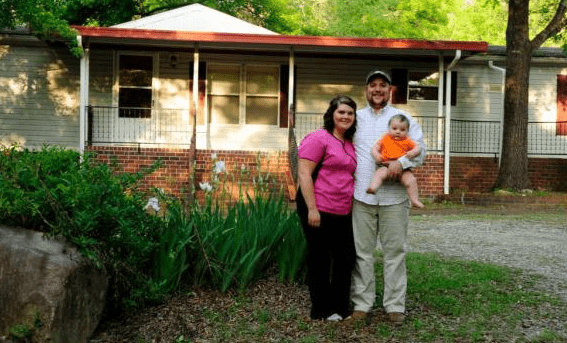
As the Millennial population increases, experts say family formation is likely to increase, but the same cannot be said for homeownership. Although incomes have risen, young adults continue to earn nine to 18 percent less than at other peak times in the past. Still, 83 percent of Americans expect to own a home at some point in the future.
Christopher Herbert, managing director of Harvard’s Center, said, “Tight mortgage credit, the decade-long falloff in incomes that is only now ending, and a limited supply of homes for sale are all keeping households — especially first-time buyers on the sidelines.”
Only 30 percent of the homebuyers are new buyers, ten percent fewer than historical numbers.
Just as low inventory of homes for sale has pushed up prices, the rental market reflects a similar trend: With the overwhelming majority of new housing intended for the upper reaches of the income brackets, low vacancy rates and high demand are d riving up rents. For typical renters earning $35,000 annually, available rentals may be beyond their means.
Stuart Miller, CEO of Lennar Corp., a residential construction company, says builders will play to the “high end of the rental market” if they want to draw a profit. Moreover, because of government regulations, restrictions and strict requirements, affordable housing is financially unfeasible in the rental market as well.
Diane Yentel, president and CEO of the National Low Income Housing Coalition, said the solution rests with the federal government to reorganize existing funds. She said about three-fourths of the $200 billion that is used to help Americans purchase homes each year subsidizes higher income homeowners through tax deductions, which does not leave enough to support low-income housing.
“The problem isn’t that we don’t have solutions, but rather that we aren’t funding solutions at the scale that we need. This is a multibillion problem and the solutions are going to cost as much,” she said. ##
(Photo credit: augusta.chronicle–Millennials with manufactured home)


























